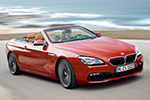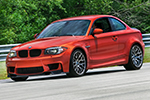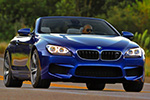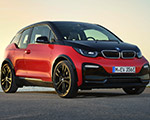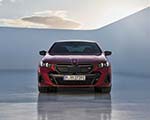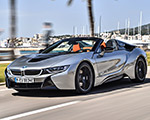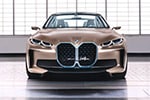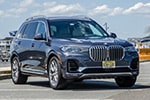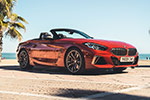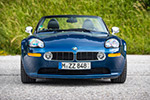On August 26, 2025, MINI turns 66 years old—a milestone few cars ever reach. What began as a bold experiment by Sir Alec Issigonis in 1959 has become one of the most enduring stories in automotive history. The Mini redefined how small cars could be designed, won over both everyday drivers and cultural icons, and proved its worth on rally stages against much larger rivals.
More than six decades later, the modern MINI still carries that DNA, even as it has grown, diversified, and moved into the electric era under BMW’s stewardship. This anniversary is not just a look back at a British icon but a reminder of why the Mini formula has remained relevant since the day it was launched.
Cultural Icon and Underdog Racer
The Mini’s appeal quickly spread far beyond Britain’s working class. It became a symbol of 1960s Britain, loved by everyone from everyday drivers to The Beatles and even the royal family. Its screen presence was just as enduring: from The Italian Job to Mr. Bean, the Mini became a pop culture hero. At the same time, its performance credentials were undeniable. John Cooper transformed the little car into the Mini Cooper and later the Cooper S, which stunned the motorsport world. Against much larger rivals, the Mini won the Monte Carlo Rally three times in the 1960s, proving that engineering ingenuity could outmatch raw size and power.
Expanding the Family
The Mini wasn’t confined to a single body style. Vans, pick-ups, and the quirky Mini Moke gave the brand versatility, serving tradespeople, holidaymakers, and even the military. This adaptability kept the Mini visible in all walks of life, further embedding it into the cultural fabric.
Production Milestones and Popularity
By 1965, one million Minis had been built. By 1972, that number had tripled. In total, over 5.3 million classic Minis were produced before the original model ended its run in 2000. Along the way, numerous special editions and colorful trims in the 1980s and 1990s kept the car fresh for new generations.
The BMW Era: Reinvention and Growth
The Mini brand entered a new phase when BMW acquired Rover in 1994. In 2001, the first modern MINI arrived under BMW management. While larger and equipped with modern safety and comfort features, it carried forward the essence of Issigonis’ idea: a small, stylish car with sharp handling and personality.
In the decades since, MINI has expanded far beyond its single-model roots. The Countryman brought SUV practicality, the Clubman offered more space, and the new Aceman enters the crossover market. Meanwhile, models like the MINI Cooper SE (electric) and the MINI Convertible (F67) ensure that the original spirit continues in modern form.
It has now been 31 years since MINI joined the BMW Group and 24 years since the first BMW-developed MINI hit the market. In that time, BMW has managed to modernize and broaden the brand without losing its core identity. The MINI of today is not a carbon copy of the 1959 original—but judged against its contemporaries, it still stands for individuality, agility, and fun in a way no other small car quite matches.











































